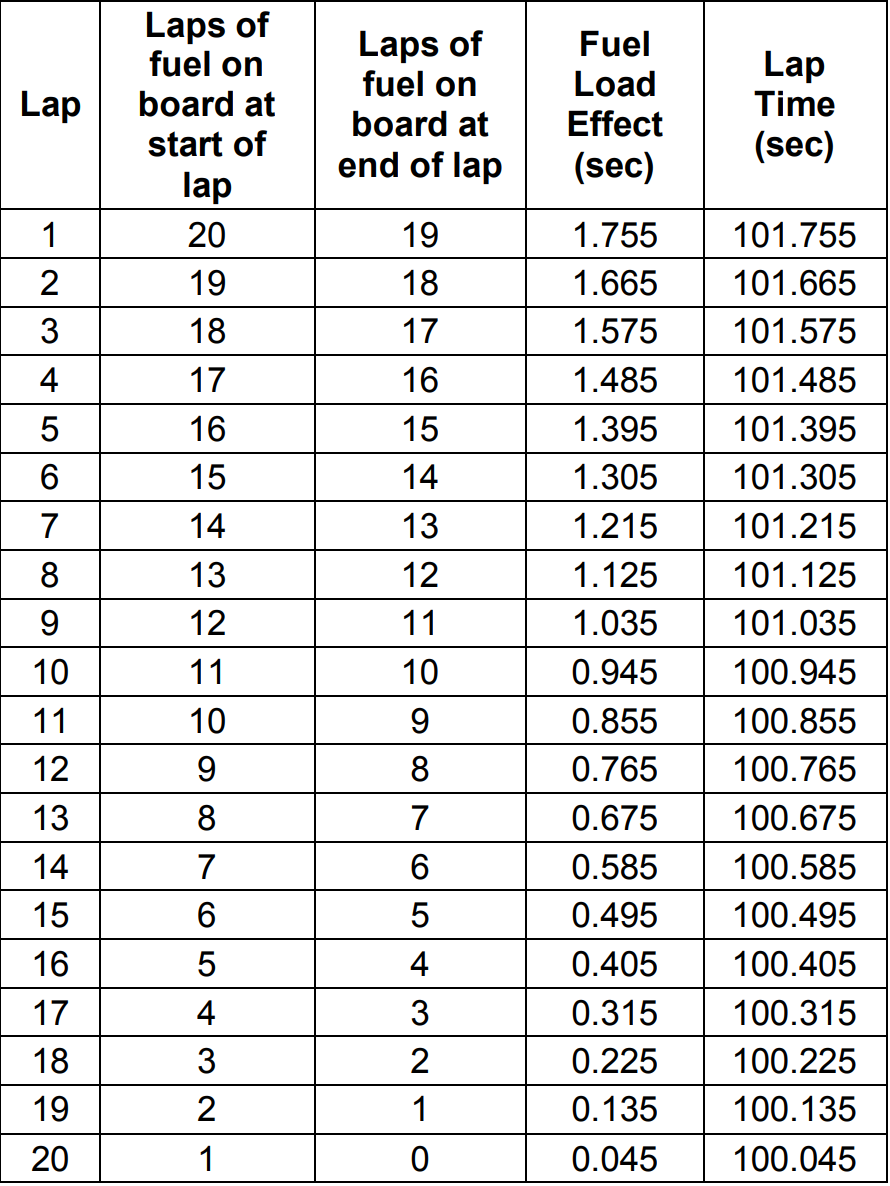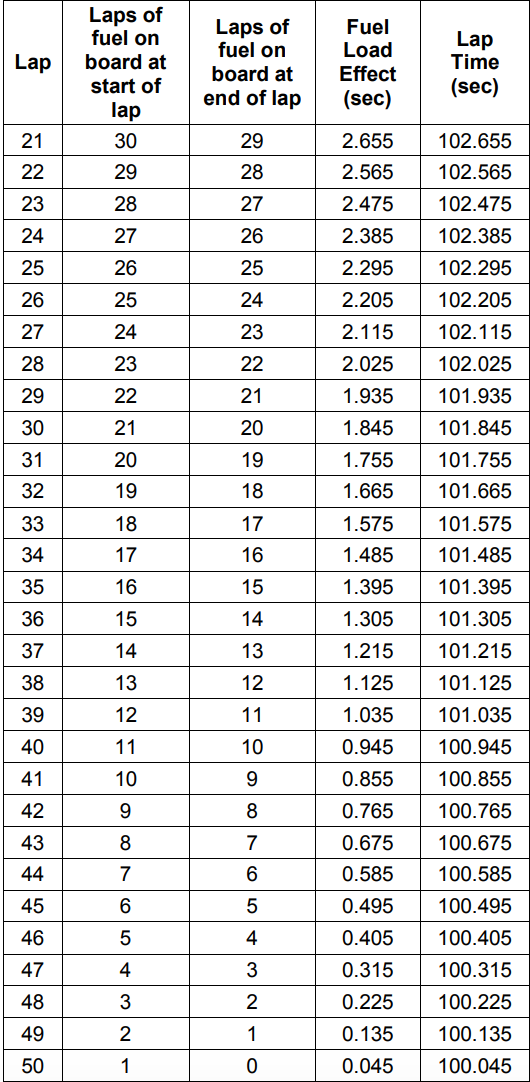How To Be a Champion
- Adish Mittal
- Jun 6, 2022
- 4 min read

In Formula One. the driver is the most crucial member of the team as he is the one that will lead them to victory. The car is also equally important as championships are not won without a good car. Even after having the best car and the best driver on the grid, teams still lose out on the championship, not because of the fault of the driver, but due to wrong race strategies. In the past few years, the Prancing Horse has lost to their rivals even after having the best car on the grid and a 4-time world champion driving for them. Significant blame can be put on the faulty race strategies for their disappointing results. Race strategists are an integral part of a team and their decisions can change the outcome of the race. The teams must decide how much fuel the car starts the race with and when to pit for new tyres and refuelling. These race strategies aim to get the driver to the end of the race the quickest of all. The team determines this using Mathematics and graphs.
Let us consider a scenario to explain how strategists determine the best strategy.
A team has entered a 50 lap race and is planning to pit on lap 20 for refuelling. The fuel consumption is about 3kg per lap. Each Kg of fuel makes the car 0.03 seconds slower per lap. The fastest possible time is 100.045 sec/lap. Entering and exiting the pits cost 20s and refuelling requires 0.05sec per lap worth of fuel. Calculate the amount of time required to finish the race.
According to the scenario:
Total Race time = Time to reach first stop + Time for first stop + Time to end of the race (1)
Method 1
Calculation 1: Time taken to reach first stop.
The extra amount of time taken to complete a lap for every lap’s worth of fuel we have onboard is
W = Fuel consumption X Weight effect
W = 0.03 X 3 = 0.09sec/(lap lap of fuel)
W is the Fuel Laps Weight Effect. With this we can calculate:
The amount of extra time taken to complete a lap with the fuel onboard = Average number of laps of fuel onboard X Fuel Laps Weight Effect (2)
This is known as the fuel load effect. The extra time taken to complete lap due to fuel onboard:
((20+19)/2) X0.09 = 1.775 sec
The amount of fuel we have on board at the start is to complete 20 laps and since the fuel is being consumed the average will be the one given above and the fuel load effect for lap 1 is 1.775sec.
After this, the perfect lap time is calculated, which is the time taken to complete a lap with no fuel onboard(This is not possible and is an assumption).
t0 = Time to complete a lap with1lap of fuel on board - (Avg. no. of laps of fuel onboard X W)
t0 = 100.045-(0.5 X 0.09) = 100 sec
So, time to complete a lap:
Lap time = t0 + Fuel Load Effect (3)

The total amount taken to complete the first stint is 2018 sec which is 33.6 min.
Calculation 2: The amount of time taken to complete the pitstop
Number of laps of fuel to be added = 50-20 = 30 laps
Time taken to refuel the car = 30 X 0.5 = 15 sec
Total time taken to complete pitstop = Time taken to enter and exit pits + Time taken to refuel car = 20+15 = 35sec
Calculation 3: The amount of time taken to reach the end
Using the same steps in Calculation 1, the time is calculated.

Time taken to complete stint 2 is 3040.5 sec. Now we can calculate the total time taken to complete the race
Total Race Time = 2018 + 35 + 3040.5 = 84.9 min
Method 2
In the previous method, the amount of time taken to complete each lap was individually calculated and then added. This information can be presented in a graph, which means the total race time is are under the graphs.

Lap times in stint 1
To calculate are under the graph, integration is used which is easier and less time consuming than adding all the lap times.
Total Race Time = Integral of lap times over stint + pitstop time + integral of lap times over stint 2 (4)
Time taken to complete a lap at any given lap is:
Lap time = [t0 + (L2 - l )W] (5)
l is the number of laps completed and since it is now continuous over a lap, It automatically averages the fuel load over a lap. Integrating this equation for stint 1 will give,
Stint time = L1L2[t0+(L2-l)W] (6)
Stint time = [t0l + L2Wl - (Wl^2)/2]L1L2 (7)
Substituting the values will give:
Stint time = (100 X 20) + (20 X 0.09 X 20) - (20 X 20 X 0.09/2)
Stint time = 2018 sec
Finding the lap to pit on such that the race time the shortest time possible.
Assuming the lap on which to pit is L2, the equation (7) can be used for time taken complete stint 1 and 2.
Total Race time = [t0l + L2Wl - (Wl^2)/2]L1L2 + [(Lend - L2) X tf + tp] + [t0l + L2Wl - (Wl^2)/2]L2Lend
When L1 = 0,
Total race time = [t0L2 + L2WL2 - (WL2^2)/2 ] + [(Lend - L2) X tf + tp] + [t0(Lend - L2) + LendW(Lend - L2) - (W(Lend^2 - L2^2)/2] (8)
By setting LHS to zero and differentiating equation (8) with respect to L2, The shortest race time can be obtained.
0 = 2WL2 - tf - LendW
Solving for L2,
L2 = Lend/2 + tf/2W
L2 = 50/2 + 0.05/0.18 = 25 + 2.78 = 27.78
This value is rounded up to the nearest lap, which is 28. Pitting on lap 28 will give the quickest time and will be the best strategy available.



Comments